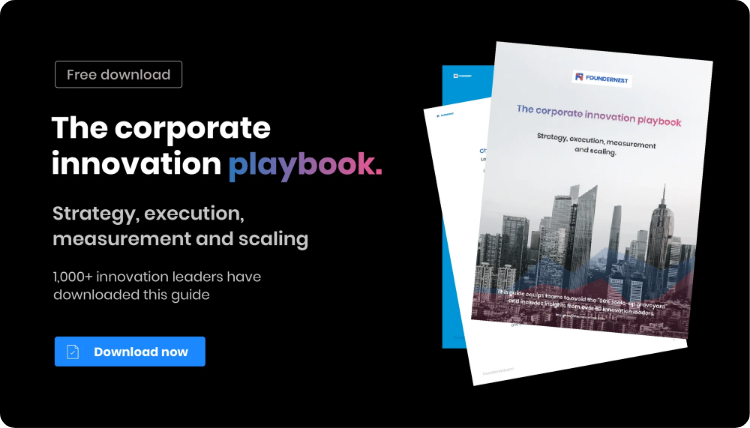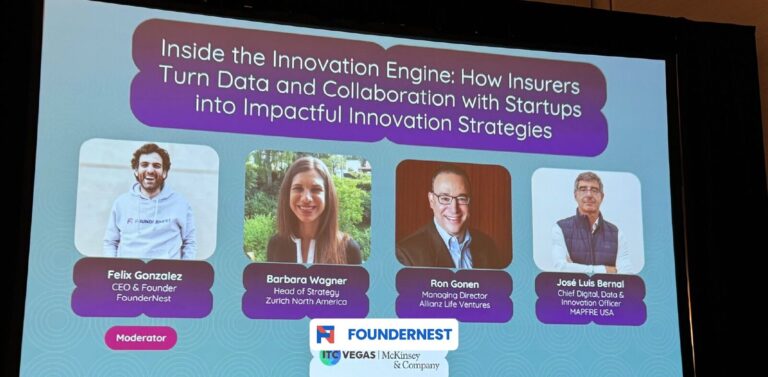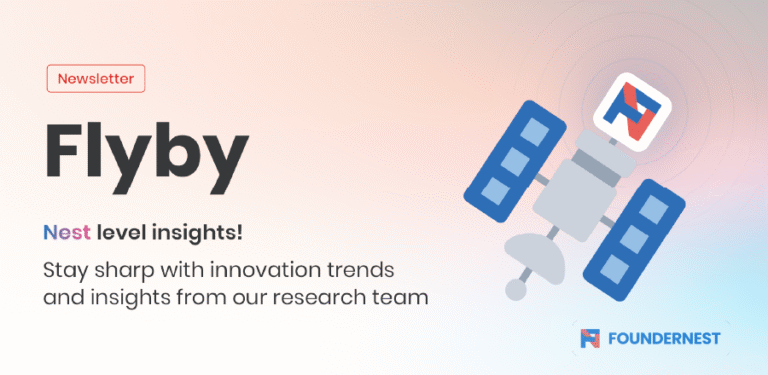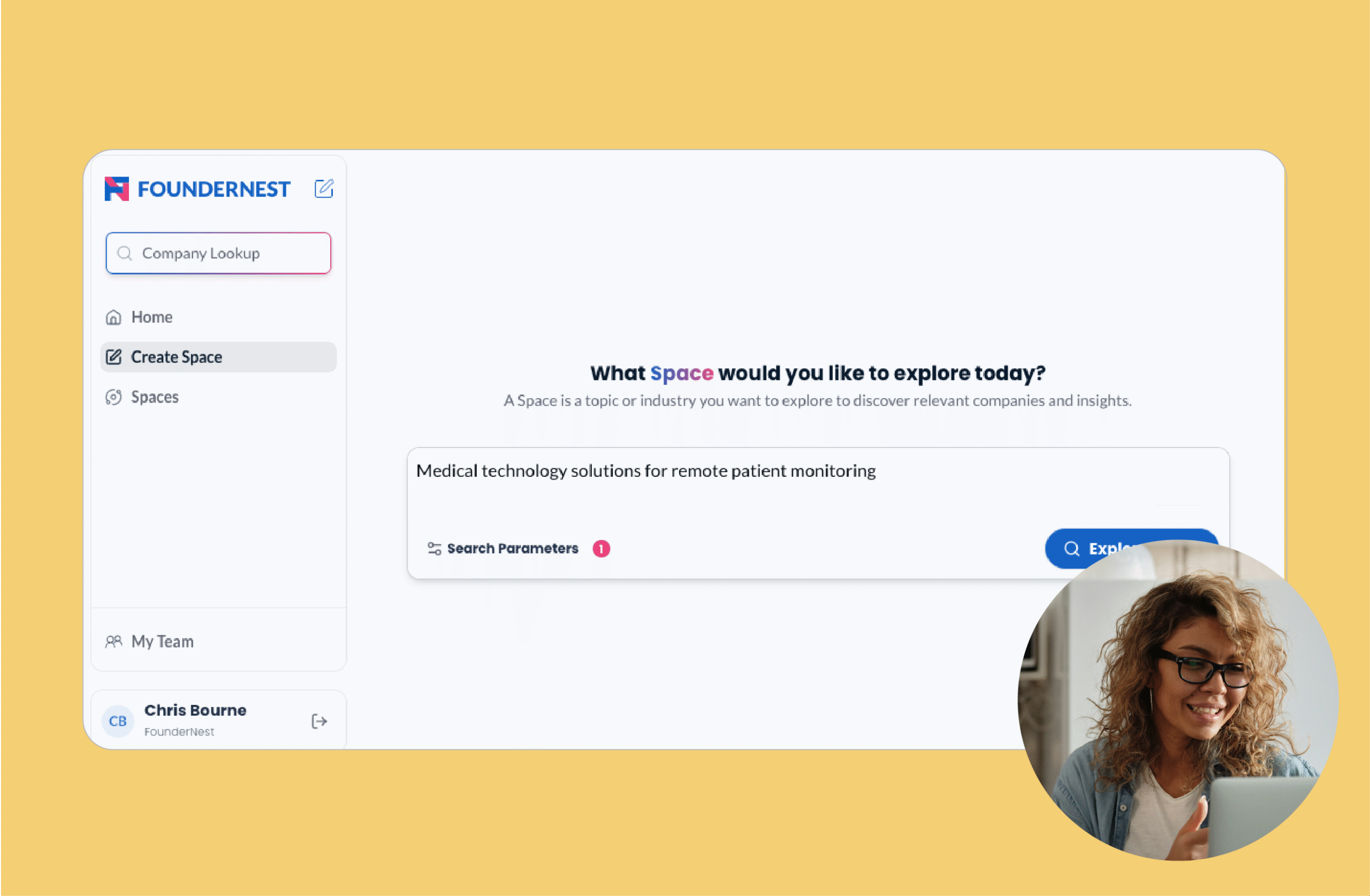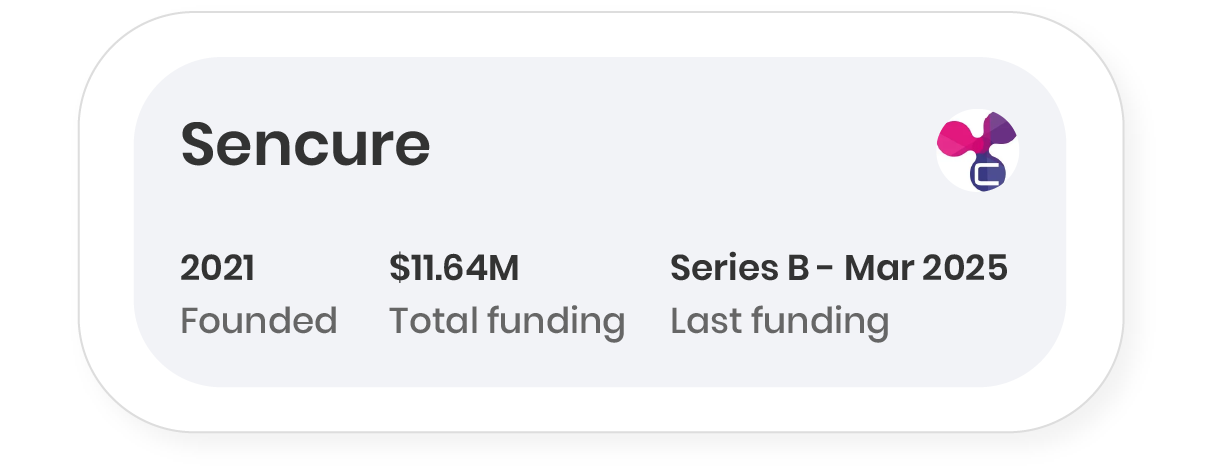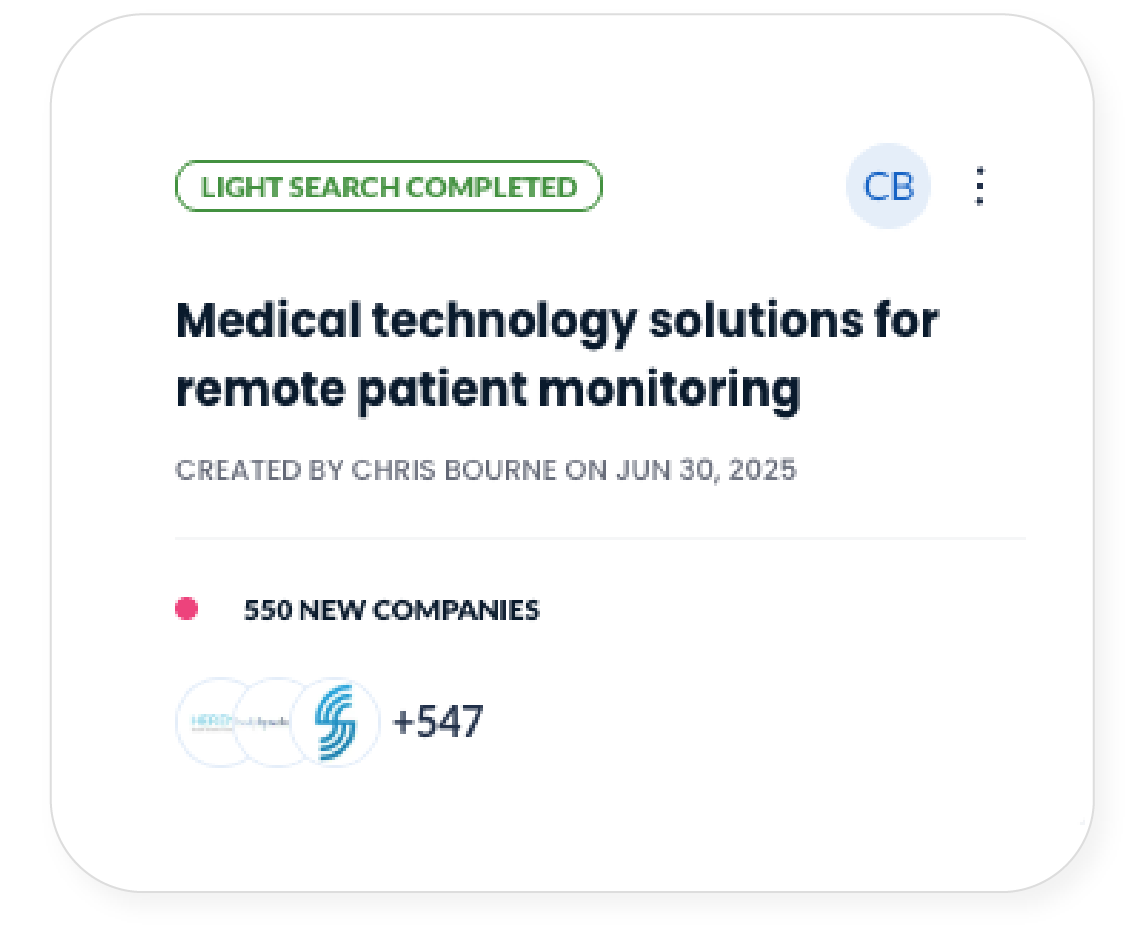In an era where disruption is the new norm, corporate innovation teams are under increasing pressure to scan, spot and secure novel ideas before they slip into competitors’ hands. Enter the world of ‘scouting software,’ and in particular terms like startup scouting software, innovation scouting software, and company scouting software. These aren’t just buzzwords, they are powerful tools to help enterprises pivot faster, partner smarter and stay ahead.
In this post, we’ll explore what scouting software is, why your innovation team should care, how to choose it, and how to embed it into your workflow for maximum impact.
What is scouting software?
At its core, scouting software is a SaaS or platform-based tool that enables organizations (especially large enterprises) to systematically discover, evaluate, and engage with external sources of innovation, whether startups, emerging technologies, research ventures or new business models.
There are subtle variations in terminology:
- Startup scouting software: A system tailored to finding and tracking startups – their product offerings, funding rounds, team structure, strategic fit with the enterprise, etc.
- Innovation scouting software: A broader category that may include not just startups, but also technologies, research, patents, universities and non-traditional innovation vehicles.
- Company scouting software: Often refers to tracking any external company relevant to your strategy (startups, scale-ups, technology vendors, alternative business models) and might emphasize the ‘company’ as the unit of interest rather than just ‘technology’.
For example, one customer we work closely with states: “We need to filter millions of companies before we find a great match for us to invest in.” Another describes the process as: “Identifying the most relevant startups, technologies, and solutions quickly is key to fueling growth and future opportunities.”
In short, it’s about shifting from ad-hoc discovery (scattered spreadsheets, email threads, serendipity), all tasks which are time-consuming and have the potential to miss opportunities, to a systematic, repeatable, data-driven process for external innovation sourcing.
Why innovation teams in enterprise businesses should care
If you’re leading or part of an innovation, R&D, corporate venture, or transformation team in a big organization, you’ll recognize many of the challenges that scouting software aims to solve:
1. Overwhelmed by noise, starved of signal
Large enterprises often scan dozens or hundreds of startups, technologies or ideas, only to find most are irrelevant or duplicative. One piece of research flags this very challenge: the traditional approach to technology scouting “is time consuming, manually driven, and heavily dependent on domain-specific expertise.” A more systematic tool helps you filter the noise.
2. Scouting without action = wasted effort
You might discover a promising startup or emerging tech, but if your internal processes don’t allow for a swift evaluation, alignment, pilot or integration, the lead goes cold. As prospect we recently spoke to states: “We sometimes lack systems to prioritize which technologies to pursue first … as a result, we end up with a shortlist of promising technologies but no clear path forward.”
3. Speed matters
Whether you’re scouting for M&A, partnerships, pilot programmes, open innovation or new market entries, the faster you move from insight to decision to deployment, the more competitive advantage you capture. Some platforms cite “21× faster market scanning” or “10× more partnerships” when using structured scouting with AI. Here at FounderNest we are seeing a similar return on investment.
4. Strategic alignment and visibility
Innovation teams need to show they align with corporate strategy, that resources are well spent, and that innovation leads to measurable outcomes. Scouting platforms often provide dashboards, scoring templates, alignment matrices and portfolio-tracking tools (rather than disconnected spreadsheets).
5. Enterprise-grade scale and governance
Large organizations have multiple business units, geographies, compliance requirements, IP concerns, legacy systems and internal stakeholders. Off-the-shelf spreadsheets often fail. Scouting software offers integration, security, workflows, role-based access, audit trails and analytics purpose-built for enterprise innovation.
So for innovation teams in enterprise settings, selecting and deploying the right scouting software isn’t optional. Instead, it’s a key enabler of turning external discovery into tangible strategic impact.
Key features to look for in scouting software
When you assess platforms labelled ‘startup scouting software’, ‘innovation scouting software’ or ‘company scouting software’, here are features that matter, especially for enterprise innovation teams:
A. Broad and deep data coverage
Look for access to large, complete databases of companies, startups, technologies, patents, academic research, funding rounds and geo-region coverage. For example, FounderNest has over 54 million companies, billions of signals and millions of patents, clinical trials and emerging trends.
B. Advanced search, filters and relevance
You need to set screening criteria: funding stage, technology readiness, region, industry vertical, strategic fit, IP status, sustainability criteria, etc. Great platforms allow you to build search templates, use negative keywords, define sectors and drill into results.
C. Scoring, evaluation and prioritization workflows
Discovery alone isn’t enough. The platform should allow you to score opportunities (strategic fit, ease of integration, risk, ROI), build short-lists, track decision status, link to pilot roadmap and create gates.
D. Collaboration and enterprise integration
Innovation rarely happens in a silo. You want features like shared workspaces, comments, tags, role-based access, integration with your CRM/BI/tools, and visibility across teams. For example, all opportunities, notes and analyzes live in one shared space, so team members can collaborate.
E. Trend and signal monitoring
Beyond one-off discovery, you’ll want continuous monitoring: new funding rounds, pivoting startups, technology maturation, emerging adjacent markets, competitors’ moves.
F. Visualization, dashboards and governance
Good platforms provide overviews (technology radars, pipeline visuals, market maps), dashboards tracking key metrics (number of leads, ROI, time-to-pilot, internal adoption), and governance capability for audits and reporting.
G. Customization and extensibility
Your enterprise has unique priorities. The right software allows custom fields, filters, integrations (to CRM, BI, project management), supports API access, and can scale as you expand to new geographies, business units or innovation use-cases.
H. Expert support and data validation
Because external discovery includes many false positives, some platforms offer expert-curated research, analyst support or verification of leads.
How to deploy scouting software in your innovation workflow
Acquiring the software is one thing; embedding it so that it delivers real value is another. Here are the steps to making it effective:
Step 1: Define your scouting mandate and scope
Start by clarifying what you’re trying to achieve with the tool. Is it partnership-sourcing? Corporate venture investments? Market-entry scouting? Sustainability innovation? Do you need startup scouting, technology scouting, or broader company scouting? Define geographic scope, business units involved and strategic questions the tool must answer.
Step 2: Set selection criteria and filters
Define your screening filters, such as funding stage, region, technology readiness level (TRL), business model, sustainability credentials, etc. This means you’ll avoid drowning in irrelevant leads. Many AI scouting tools will allow you to use a prompt to refine your search criteria.
Step 3: Choose the right platform
Use the criteria above (data coverage, filtering, scoring, collaboration, integrations) to evaluate vendors. Involve senior stakeholders. Have them demo workflows that match your process map: discovery → score → shortlist → pilot → integrate → evaluate.
Step 4: Onboard your team and establish workflows
Set up a pilot or early adopter group within your innovation team. Define roles (e.g, ‘scout’, ‘evaluator’, ‘business-unit owner’, ‘programme manager’). Create templates for scoring, dashboards for tracking, and standardized fields for capturing data. Ensure the tool integrates with your existing tech stack (CRM, BI, project tools).
Step 5: Kick-off with a defined ‘scouting campaign’
Rather than letting the tool run wild, choose a high-priority challenge for the first use (for example: “Find energy-storage startups in Europe with <€10M funding and the last funding round was after 2024”). Run the tool, filter leads, score them, discuss with business unit owners, shortlist and plan pilot or partnership. This gives you a use case and internal wins.
Step 6: Monitor, learn and iterate
Track metrics like: number of leads sourced, time from lead to decision, number of pilots initiated, internal stakeholder engagement, budget spent vs ROI, and internal adoption of findings. Adjust your filters, scopes or workflows based on feedback. One article emphasizes that companies often have many leads but ‘no clear path forward’ when they skip this step.
Step 7: Scale across business units and geographies
Once you’ve proven value, roll the tool out across additional business units, geographies or innovation themes. Standardize best practices while still allowing localization (e.g, region-specific filters). Ensure knowledge sharing between teams.
Step 8: Embed into strategy and culture
Make scouting software a core tool in your innovation toolkit, and not a one-off project. Ensure leadership sees it as strategic, use dashboards to report to leadership, tie results to KPIs (e.g, number of strategic partnerships, time-to-market, new revenue from external innovation).
Real-world examples and use cases
To bring this to life, here are a few concrete scenarios where scouting software adds value.
Example 1: Global manufacturing company searching for green-tech startups
A manufacturing firm with sustainability targets identifies ‘zero-carbon materials’ as a strategic theme. Using scouting software, the innovation team filters for startups with prototypes in zero-carbon cement, early-stage funding (€1-5M), located in Europe or North America, and with at least one pilot. They build a short-list of 10 startups, score them using predefined criteria (technology maturity, scalability, fit with manufacturing ecosystem, IP strength, leadership team), and conduct outreach to the top 3. One startup becomes a pilot and eventually a strategic supplier.
Example 2: Telecom operator hunting edge-AI partnerships
A telecom operator wants to partner with innovative AI/ML companies for edge computing in 5G/6G. Using innovation scouting software, they pull in companies working in edge computing, filter for funding stage, region, and domain (telecom/edge), have internal stakeholders score each, and pipeline them into their corporate venture arm. The tool speeds discovery, broadens their view, and provides an audit trail for why partnerships were selected.
Example 3: Corporate venture wing tracking competitors and acquiring scale-ups
A corporate venture unit uses ‘company scouting software’ to track not just early-stage startups but also scale-ups, adjacent business models, even competitor corporate spin-outs. They set automated alerts (e.g., funding > $20M, acquisitions announced, new product launches) and input these into their opportunity pipeline. They then use the software’s dashboards and scoring to prioritize investments, track engagement, and produce reports for senior leadership.
Pitfalls to avoid (and how scouting software helps)
- Too many false positives: Without good filters, you’ll be swamped with irrelevant leads. Scouting software with built-in AI filters helps.
- Lack of alignment with strategy: If scouts pick whatever is ‘interesting’ but not aligned with strategy, you end up with a disconnected portfolio. Scoring templates and alignment tools mitigate this.
- Delayed decision-making: Discovery without evaluation or resource path means promising ideas go cold. Workflow modules in scouting platforms help bridge the gap.
- Siloed teams and knowledge loss: Using spreadsheets means information stays hidden. Shared workspaces and collaboration features in software address that.
- Poor tracking of outcomes: If you cannot show ROI or measure the impact of scouting, you’ll struggle to secure further budget. Dashboards in scouting platforms provide metrics.
Future trends in scouting software
- AI and large‐language-model powered discovery: Research highlights how AI platforms can process patent, publication, startup and product data to surface innovations aligned to problem-statements.
- Real-time signal monitoring: Platforms will integrate live data streams such as funding rounds, patent filings, research disclosures, and hiring spikes to provide early warning of emerging innovations.
- Deeper ecosystem integration: Better integrations with corporate venture, procurement, project management and CRM systems, so that leads flow seamlessly into pilots and partner engagements.
- Expanded use cases beyond startups: From startups to academic spin-outs, corporate R&D labs, university tech, strategic acquisitions, the notion of company scouting becomes broader.
- Customizable dashboards for leadership: Innovation teams will need to demonstrate value to senior leadership (C-suite) using metrics dashboards built into the scouting platform.
- Global reach with local relevance: As enterprises operate globally, your scouting software will need to support geographies, languages, local startup ecosystems and regional nuances.
Scouting software is more than a nice-to-have
For enterprise innovation teams, scouting software is far more than a nice-to-have. It’s a strategic tool that bridges discovery and action, helping you surface the right external opportunities, evaluate them rigorously, align them with your corporate strategy and convert them into meaningful outcomes.
By choosing a platform with strong data coverage, filters, scoring, collaboration, dashboards and integrations, and by embedding it with discipline into your innovation workflow, you set yourself up not just for discovery, but for impact.
If you’re exploring how to bring this to your team, ask: What problem are we solving? What workflows need support? How will we measure success? Then, map those needs to platform features.
FAQ
Q: What size of company should use scouting software?
A: While large enterprises with multiple business units often benefit most (because they must manage scale, governance and integration), smaller organizations or innovation-led divisions (e.g, mid-market firms) can also use scouting software effectively if they have external innovation needs. The key is whether you need structured discovery, tracking and collaboration beyond spreadsheets.
Q: Does scouting software replace the innovation team’s judgment?
A: No. Scouting software accelerates and structures the process, it does not replace human judgment, strategic alignment, business-unit engagement or execution capabilities. The platform surfaces leads, supports evaluation, and helps track execution, but humans still decide which opportunities to pursue and how.
Q: What typical return on investment (ROI) can we expect?
A: ROI will vary based on your use-case, challenge scope and maturity. Some platforms claim ‘10× more partnerships’ or ‘21× faster scanning’ when used with discipline. ROI will come via reduced time to pilot, increased quality of leads, fewer dead-end opportunities and stronger strategic alignment.
Q: How much does scouting software cost?
A: Pricing depends heavily on the number of users, feature levels (data access, AI filters, integrations), number of business units, and customization. Like many enterprise SaaS platforms, expect annual contracts, and tiered pricing. Many vendors require contact for a quote so they can understand your requirements.
Q: What are common implementation mistakes?
A:
- Lack of clear mandate or focus (too broad without strategic alignment)
- Doing discovery but no defined process for decision or pilot (leads languish)
- Not involving business units (innovation team acts in a silo)
- Poor data hygiene or lacking filters (too many irrelevant leads)
- Ignoring metrics and tracking of outcomes (makes it hard to prove value)
Selecting the right scouting software and embedding it with clarity, governance, and measurement will help avoid these pitfalls.
Sources and references
- FounderNest – AI-powered innovation scouting software for corporates
https://www.foundernest.com/innovation - Qmarkets – Technology & innovation scouting software overview
https://www.qmarkets.net/products/technology-scouting-software/ - InnovationCast – Blog: How technology scouting software drives innovation
https://innovationcast.com/blog/technology-scouting-software - arXiv (Research Paper) – AI-assisted technology scouting and trend detection
https://arxiv.org/abs/2507.20322


